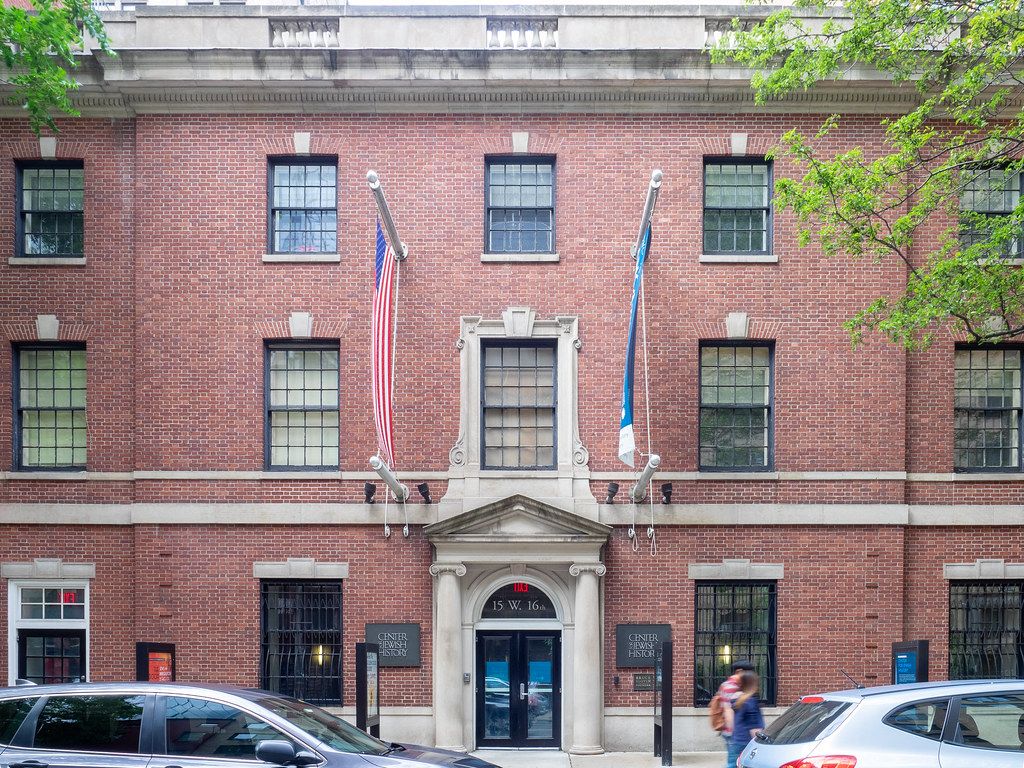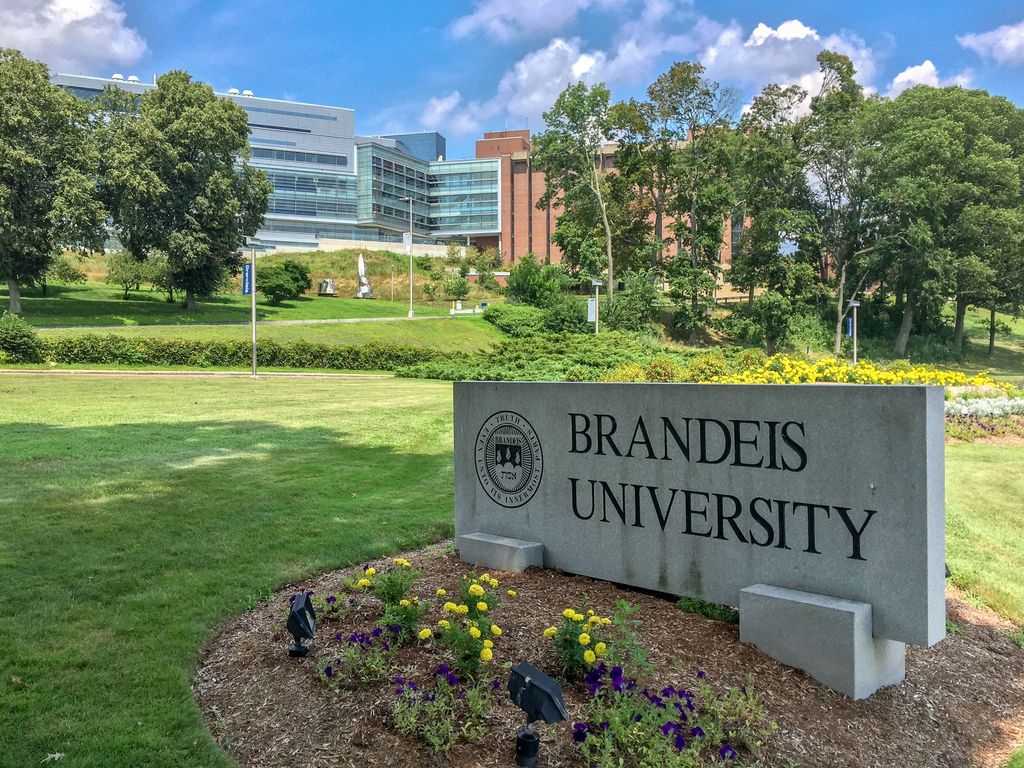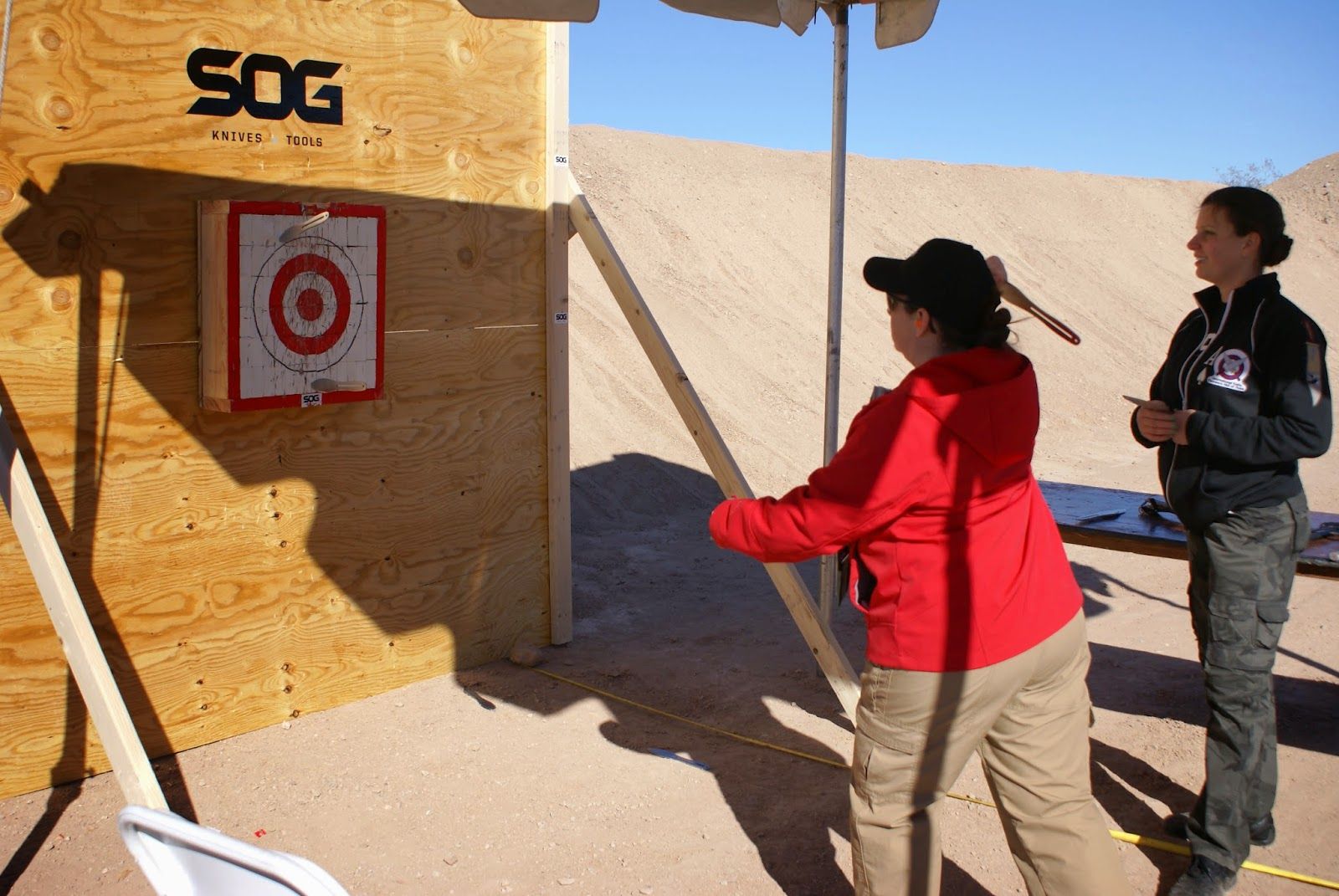
The passing of Bruce Slovin at the age of 89 marks the end of a remarkable life, one singularly dedicated to preserving and consolidating Jewish heritage in an unprecedented manner. As a corporate executive with a keen eye for mergers, Mr. Slovin applied his unique skill set not only to boardrooms but also to the vital cause of history, uniting five disparate Jewish institutions under one roof in Manhattan. His vision culminated in the creation of the Center for Jewish History, a monumental achievement that stands as a beacon for scholars, researchers, and anyone curious about the rich tapestry of Jewish life.
When the center officially opened its doors in 2000, it transformed the landscape of Jewish historical research. What was once scattered across numerous, often financially struggling, independent entities was brought together into a massive, centralized repository. This initiative has made an unparalleled collection of documents, photographs, books, artworks, films, and artifacts accessible in a single location, fulfilling Mr. Slovin’s deep conviction that a people as valuable as the Jewish people must have their history comprehensively saved and understood.
This article delves into the extraordinary journey of Bruce Slovin, tracing the path from his early corporate successes to his profound commitment to philanthropy. We explore the defining moments that ignited his passion for Jewish archives, the challenges he overcame, and the strategic brilliance that enabled him to forge a lasting legacy. His story is one of determination, generosity, and an unwavering belief in the enduring power of historical preservation.

1. **Early Life, Education, and Corporate Acumen** Bruce Elliott Slovin was born on December 10, 1935, in Brooklyn, New York. His early life was rooted in a family where his father, Samuel Slovin, worked as an apparel manufacturer, and his mother, Arnie (Sebolsky) Slovin, managed the bookkeeping for the family business. Following the conclusion of World War II, his family relocated from Brooklyn to Mount Vernon, which is situated in Westchester County, marking a shift in his childhood environment.
His academic journey was marked by distinction, laying a solid foundation for his future career. Mr. Slovin pursued higher education at Cornell University, from which he graduated in 1957 with a Bachelor’s Degree in Economics. Furthering his legal expertise, he then enrolled at Harvard Law School, earning his Juris Doctor degree in 1960. These rigorous educational experiences equipped him with the analytical and strategic skills that would define his professional life.
Upon completing his legal studies, Mr. Slovin spent several years engaged in private practice. His career then transitioned into the corporate sector when, in 1965, he was appointed as an executive at Kane-Miller Corporation, a food distribution company. Here, he demonstrated an early aptitude for growth and expansion, notably contributing to the company’s development through strategic acquisitions. Nine years later, he moved to Hanson Industries, a British-based conglomerate, where his focus remained firmly on acquiring and integrating businesses, further honing his expertise in corporate mergers.
Read more about: Gavin Newsom: Unpacking a Decades-Long Political Ascent Defined by Principled Confrontation and Unyielding Conviction

2. **A Corporate Raider’s Turn: The MacAndrews & Forbes Years** Mr. Slovin’s burgeoning reputation as a corporate executive specializing in acquisitions attracted the attention of prominent figures in the financial world. In 1980, he was recruited by Ronald O. Perelman, the renowned corporate raider, to serve as Vice Chairman of MacAndrews & Forbes. This marked a significant pivot in his career, positioning him at the heart of large-scale corporate maneuvers and consolidations. His role extended to executive positions within companies acquired by MacAndrews & Forbes, including the well-known beauty giant Revlon and the supermarket chain Pantry Pride.
During his tenure at MacAndrews & Forbes, Mr. Slovin simultaneously held the prestigious titles of President of MacAndrews & Forbes Holdings and the Revlon Group. This period showcased his exceptional capacity for managing multiple high-stakes responsibilities across diverse industries. His experience in orchestrating complex mergers and acquisitions proved invaluable, providing him with a unique perspective on integrating disparate entities and resources.
Mr. Slovin officially retired from his demanding corporate role at MacAndrews & Forbes in 2000. However, his retirement from the corporate world did not signify an end to his drive or his strategic acumen. Instead, it marked a complete transition into the philanthropic endeavors that would constitute his most profound legacy, enabling him to dedicate even greater energy to the Center for Jewish History, a project in which he had already been deeply invested for years.

3. **A Nostalgic Encounter: Introduction to YIVO** The mid-1980s marked a serendipitous turn in Mr. Slovin’s life, leading him down a path far removed from corporate boardrooms. It began with a casual conversation during a nighttime stroll down Park Avenue with a lawyer friend, Joe Greenberger. When questioned about his involvement in the Jewish world, Mr. Slovin candidly admitted that he was not particularly active. This admission prompted Greenberger to extend an invitation that would forever alter the course of Mr. Slovin’s life: to attend a board meeting for the YIVO Institute for Jewish Research.
Mr. Slovin accepted the invitation and attended the YIVO board meeting in 1985. What he discovered there was a deeply personal and unexpected connection. He recounted that the men at the meeting strongly reminded him of his own father and grandfather, both of whom had recently passed away. He vividly described the scene, noting how they would smoke cigarettes and drink schnapps after their meetings, sharing captivating stories.
This nostalgic encounter constituted a profound experience for Mr. Slovin. He expressed that in witnessing these men, he felt his father and grandfather were “alive again.” This powerful emotional resonance forged a deep bond between him and the institution and its mission, sparking an interest that swiftly transformed into a passionate commitment to the world of Jewish archives and cultural preservation. It was this initial, deeply personal connection that set him on a course toward his most significant philanthropic endeavor.

4. **Taking the Helm at YIVO: Confronting Deterioration** Following his impactful initial encounter with the YIVO Institute for Jewish Research, Bruce Slovin’s involvement deepened rapidly. By 1985, he had been named Chairman of YIVO’s board, a significant responsibility he undertook while still holding his demanding day job as President of MacAndrews & Forbes. It was in this capacity that he truly began to grasp the precarious state of the institution’s invaluable collections.
He was shocked to discover that YIVO’s delicate trove of papers, which meticulously documented the history and culture of Eastern European Jewry, was alarmingly deteriorating. The organization’s building, located at Fifth Avenue and 86th Street, lacked essential environmental controls, such as air-conditioning. Mr. Slovin observed that the warehouses storing these irreplaceable documents were in disarray, and the institution itself was perpetually “broke,” unable to afford proper preservation measures.
Recognizing the dire situation, Mr. Slovin’s primary objective at YIVO quickly became finding a suitable new home for the organization. He began to advocate for selling the existing building and relocating to a more affordable area. His strategic focus was clear: to save YIVO from financial demise and, more critically, to safeguard its precious archives from irreversible decay, thereby ensuring that the stories and historical records of Eastern European Jewry would endure.

5. **The Genesis of a Grand Vision: Unifying Jewish Archives** While Bruce Slovin’s initial focus was solely on securing a new home for YIVO and stabilizing its operations, a pivotal suggestion from his friend and YIVO board member, Joe Greenberger, expanded his ambition exponentially. Greenberger encouraged Mr. Slovin to consider a much grander plan: to incorporate other struggling Jewish institutions into his vision. This idea marked the true genesis of what would become the Center for Jewish History.
Mr. Slovin’s corporate background, particularly his expertise in orchestrating complex mergers, rendered him uniquely suited for this ambitious undertaking. He envisioned a future in which scholarly research into Jewish history could be truly comprehensive, unhindered by fragmented collections and isolated archives. His innate understanding of consolidation, honed in the business world, now found a profound philanthropic application, enabling him to connect seemingly disparate entities with a singular purpose.
His unwavering conviction served as a driving force behind this monumental endeavor. Mr. Slovin believed deeply that the historical divisions among Jews—those pre-Holocaust and pre-State of Israel—were not only irrelevant in the contemporary world but also actively damaging to the collective understanding of Jewish identity. This profound belief, combined with his strategic vision, propelled him to unify these institutions, aiming to create a cohesive and accessible historical narrative for future generations.

6. **The Five Cornerstones: Institutions United** At the core of Bruce Slovin’s groundbreaking vision lay the unification of five prominent organizations, each serving as a unique repository of Jewish experience. The Center for Jewish History brought together the YIVO Institute for Jewish Research, the American Jewish Historical Society, the Leo Baeck Institute, the Yeshiva University Museum, and the American Sephardi Federation. This monumental consolidation transformed a scattered collection of vital materials into a singular, comprehensive resource.
These five institutions collectively housed an astonishing array of historical artifacts, documents, and cultural treasures. The repository included a massive collection of documents, photographs, books, artworks, films, and artifacts, offering an unparalleled depth and breadth of Jewish life across various eras and geographies. The consolidation constituted a strategic masterstroke, addressing the historical challenge of fragmented access to Jewish heritage.
The combined collections feature truly invaluable and iconic items. Among them is the handwritten original of Emma Lazarus’s celebrated poem, “The New Colossus,” famously engraved on the pedestal of the Statue of Liberty. The center also safeguards the first Hebrew prayer books printed in America, alongside an extensive collection of correspondence signed by Jewish luminaries such as Albert Einstein, Franz Kafka, Sigmund Freud, and Sholem Aleichem. Furthermore, a historically significant letter from Thomas Jefferson to the oldest Jewish congregation in New York is also preserved, highlighting the intersection of American and Jewish history.

7. **Building the Foundation: Early Fundraising and Financial Strategy** The journey to establish the Center for Jewish History was as much about visionary leadership as it was about the meticulous, often relentless, pursuit of financial stability. Over a period of 15 years, Bruce Slovin tirelessly worked to bring the four additional organizations into the fold alongside YIVO, assuring each of them of their continued existence and vital role within the new, unified structure. This required not only persuasive argumentation but also a robust financial plan to underpin the ambitious project.
Mr. Slovin’s remarkable fundraising prowess was central to the center’s realization. He successfully raised approximately $100 million to both construct and maintain the facility on 16th Street between Fifth and Sixth Avenues. During the earlier stages of fundraising, when significant capital was still needed, he strategically secured a crucial letter of credit from a bank, which backed $30 million in tax-exempt bonds, providing essential support for the center’s construction.
His dedication to the project was so profound that Amy Goldman Fowler, a former chairman of the center, highlighted his exceptional generosity, noting that “Bruce himself was probably the most generous person of all to the center” and that “he was always helping with a shortfall.” Michele Tocci, another board member, humorously recalled Mr. Slovin’s direct and effective fundraising pitch: “So, how much are you giving this year?” This unwavering commitment to financial stability, evident from his earliest days of collecting money for the Jewish National Fund as a boy, was a defining characteristic of his monumental undertaking, ensuring that the historical treasures would be preserved in a state-of-the-art facility for generations.

8. **Navigating Financial Crises: The 2011 Debt Eradication** Bruce Slovin’s financial acumen, honed over decades in the corporate world, was once again put to the test during the turbulent period following the global financial crisis of 2008. The Center for Jewish History, despite its successful initial fundraising, faced a significant challenge in 2011 with a looming $30 million debt. This debt was tied to a crucial letter of credit that had provided essential support during the center’s construction phase.
Renewing this substantial credit line would have entailed onerous terms, prompting Mr. Slovin to initiate a decisive and urgent fundraising campaign. His goal was clear: to eliminate the debt entirely, thereby safeguarding the Center from financial vulnerability. Understanding the gravity of the situation, he enlisted the formidable talents of two key board members to spearhead this ambitious endeavor.
William A. Ackman, the renowned billionaire hedge fund manager, and Joseph S. Steinberg, who heads a prominent financial services firm, were entrusted with leading the fundraising efforts. Their leadership, combined with Mr. Slovin’s unwavering dedication and persuasive skills, proved immensely effective. The targeted $30 million debt was successfully paid off within a remarkably short period of 15 months, a testament to their collective determination and the broad support for the Center’s mission.

9. **Confronting and Conquering Skepticism: The Jonathan Sarna Endorsement** The Center for Jewish History, despite its groundbreaking vision and initial achievements, was not immune to criticism in its formative years. One of its most vocal and prominent detractors was Jonathan Sarna, a distinguished professor of American Jewish history at Brandeis University. Professor Sarna had previously suggested that the considerable funds expended on erecting a physical building were misallocated, arguing that scanning documents would constitute a more effective use of the Jewish community’s resources.
He specifically articulated his reservations by stating, “It seemed to me, at the time, that using expensive New York real estate to house paper was not the best use of the Jewish community’s money.” Professor Sarna, whose former institution, the American Jewish Historical Society, had once been based at Brandeis, even called for the center to be dissolved into its constituent parts at one point. This posed a significant challenge to the validity of Mr. Slovin’s unifying vision and the project’s long-term sustainability.
However, over time, the Center for Jewish History undeniably proved its immense value and viability. Following the successful elimination of its $30 million debt in 2011, Professor Sarna publicly reconsidered his stance. He acknowledged the center’s enduring success, remarking, “But that was a long time ago, and over time, the center has proved itself. New York is fortunate to have it. It’s a great tribute to Bruce that he made it happen.” Mr. Slovin himself pointed to this academic’s endorsement as a critical benchmark for the center’s established credibility and his decision to step down from leadership.

10. **Expanding Horizons: Exhibitions and Programs Beyond Archives** Beyond its primary function as a vast repository of historical archives, the Center for Jewish History has blossomed into a dynamic cultural hub, actively engaging the public through a diverse array of lectures, educational programs, and captivating exhibitions. These initiatives transcend mere document preservation, transforming the center into a vibrant space where Jewish history and culture are explored, celebrated, and made accessible to a broader audience.
A notable example of the center’s impactful exhibitions is the ongoing display that opened in January, featuring a full-scale re-creation of the rooms in the secret annex in Amsterdam. This powerful exhibit meticulously reconstructs the hidden refuge where Anne Frank, her parents, sister, and other inhabitants bravely sought shelter before their capture by the Nazis in August 1944. Such immersive experiences breathe life into history, offering poignant insights into the Jewish experience during critical periods.
Furthermore, the YIVO Institute for Jewish Research, a foundational partner within the Center, has evolved significantly under this unified structure. Moving beyond a solely backward-looking perspective, YIVO now offers a range of forward-thinking exhibits on diverse topics, including the relationship between Jews and cannabis. It hosts innovative cultural events, such as concerts merging Latin Jazz and Klezmer music, alongside its popular Yiddish classes and core research functions. This demonstrates how Mr. Slovin’s vision not only preserved the past but also fostered a dynamic environment for exploring contemporary Jewish identity and culture.

11. **The Unconventional Philanthropist: Bruce Slovin’s Personal Approach** In the often-formal world of philanthropy, Bruce Slovin stood out as a remarkably unconventional figure. While he was consistently described as a “snazzy dresser,” donning clearly expensive suits, his demeanor and communication style were strikingly down-to-earth. Allan Nadler, who worked closely with him at YIVO, vividly recalled how Mr. Slovin “sounded like a blue-collar worker” when he spoke, a stark contrast to his refined appearance, embodying a unique blend of corporate sophistication and relatable humility.
This approachable nature extended to his personal preferences and interactions. Nadler recounted an instance where, instead of taking him to a high-end steakhouse for an initial interview lunch, Mr. Slovin chose a Jewish diner, remarking that “that’s the kind of place he liked to eat, not fancy restaurants.” He was described as “plainspoken,” with Nadler drawing a comparison to Warren Buffett’s unpretentious habits of choosing simple fare. His directness was also legendary in his fundraising efforts; Michele Tocci, a board member, humorously recalled his typical pitch: “So how much are you giving this year?” This no-nonsense approach often proved to be surprisingly effective.
Mr. Slovin’s leadership style was equally distinct. He was known for his hands-on approach, famously never delegating work. Instead, he would personally accompany Allan Nadler on trips across Europe, often aiming to save collections of books and artifacts, affectionately addressing him as “kiddo” and offering a warm rub on the back. Despite his monumental contributions, Mr. Slovin harbored no desire for personal accolades, once dismissing the concept of a “legacy” by quipping, “What, you still believe in that afterlife bullshit? … So what do I care about my legacy? I’ll be dead.” This humble, practical attitude made him an anomaly in the philanthropic landscape and endeared him to many who worked alongside him.

12. **A Graceful Transition: Stepping Down for the Future** After decades of relentless dedication and transformative leadership, Bruce Slovin made the thoughtful decision to step down as the chairman of the Center for Jewish History in 2011, at the age of 75. This marked a pivotal moment for the institution he had almost single-handedly brought to fruition, signaling a carefully planned transition of leadership. His decision was rooted in a profound belief in the continuity and future strength of the Center’s vital work.
Mr. Slovin articulated his reasoning with characteristic clarity and humility during his departure. He stated, “When you find the opportunity to pass on your – I do not want to call it a legacy, but your work – to good people to follow you, to continue that work, you take that opportunity.” This philosophy underscored his commitment not to personal power or lasting tributes, but solely to the enduring mission of the Center. The chairmanship was gracefully passed to William Ackman and Joseph Steinberg, the same individuals who had so successfully led the recent capital campaign to eradicate the Center’s substantial debt, demonstrating a seamless handover to trusted hands.
While relinquishing the top leadership role, Mr. Slovin did not entirely withdraw from the Jewish philanthropic world that he had so profoundly impacted. He continued to serve on the Center’s board and remained the chairman of YIVO, demonstrating his unwavering commitment to its foundational components. Furthermore, he expressed plans to shift his focus to his business, 1 Eleven Associates, as well as to new endeavors within the Center, including bringing in more scholars and embarking on the ambitious project of writing its comprehensive history, ensuring that his wisdom and strategic insights would continue to benefit the institution for years to come.

13. **An Enduring Monument: Slovin’s Legacy in Jewish Cultural Preservation** Bruce Slovin’s life work culminated in an extraordinary and enduring legacy: the Center for Jewish History, an institution that stands as a monumental testament to his vision and unwavering determination. Described as the “mastermind and founding chairman,” he established what is now considered one of the most important Jewish archives in the world. His profound understanding of the need for historical preservation stemmed from a deeply – held conviction that “a people as valuable to humankind as the Jewish people are” must have its history comprehensively preserved, arguing that anything less would be “dead wrong.”
The impact of his work is vast, as acknowledged by scholars and colleagues alike. Gavriel Rosenfeld, president of the Center for Jewish History, eloquently summarized Slovin’s contribution by stating, “Bruce Slovin understood that memory is a form of survival. His work ensures that the stories of generations past will continue to inspire, guide, and strengthen Jewish life for generations yet to come.” Even former critic Jonathan Sarna ultimately conceded that Mr. Slovin “appreciated the significance of history and made a major impact on Jewish culture and life,” adding that “Everyone who benefits from the CJH stands in his debt.”
Mr. Slovin’s genius lay not only in his corporate acumen but also in his unique ability to bridge worlds—a trait evident from his childhood, when he attended both religious and public schools, and later, his comfort in both corporate boardrooms and humble diners. He overcame skepticism and logistical hurdles by “sheer force of will and a conviction” that historical divisions among Jews were detrimental to collective understanding. The Center, which has flourished for 25 years despite initial doubts and criticisms, is a living embodiment of his belief in consolidation for a greater, unified purpose. It ensures that the collective narrative of Jewish identity, across its diverse facets, remains accessible, fostering a deeper understanding for both scholars and the wider public.

14. **Personal Life and Family: The Man Behind the Mission** While his public life was largely defined by his monumental philanthropic achievements and his tireless endeavors, Bruce Slovin was also a dedicated family man, leaving behind a personal legacy that complemented his professional one. He was the father of three children. From his marriage to Rochelle Shaw, which ended in divorce, he had two sons, Karl and Eric. Later, from his marriage to Francesca Cernia, which concluded with her passing in 2017, he had a daughter, Karen French. He is also survived by five grandchildren, his sister Barbara Emrich, and his brother Ira.
A particularly poignant detail illustrating his deep personal bonds was his decision to permit his name to be placed on certain tributes, despite his general aversion to such recognition. He only agreed to this after his beloved wife, Francesca Cernia Slovin, passed away in 2017. In a gesture of profound respect and enduring love, he wanted to honor her memory. Consequently, the YIVO Institute for Jewish Research, a key partner within the Center he founded, now features an online museum in their combined names, a lasting testament to their shared life and his devotion.
Bruce Elliott Slovin, who primarily resided in Manhattan, passed away on August 10, 2025, at the age of 89, near his weekend home in Rhinebeck, N.Y. His death, which occurred in a hospital, was attributed to an aortic dissection, as confirmed by Tracy Schmidt, his executive assistant at 1 Eleven Associates. His passing marked the end of a life extraordinarily well – lived, a life that seamlessly blended corporate brilliance with an unwavering commitment to preserving and celebrating Jewish heritage for future generations, ensuring that the stories of the past continue to illuminate the future.
His passing, though sorrowful, solidifies his place as a visionary who transformed the landscape of Jewish historical preservation. The Center for Jewish History stands as his magnificent achievement, a vibrant testament to his belief that our shared history is not merely a collection of scattered fragments but a living, breathing narrative vital for future generations. Mr. Slovin, the pragmatic visionary, leaves behind an indelible mark, reminding us that with conviction and strategic action, even the most ambitious dreams can become a reality, profoundly enriching our collective human story.



